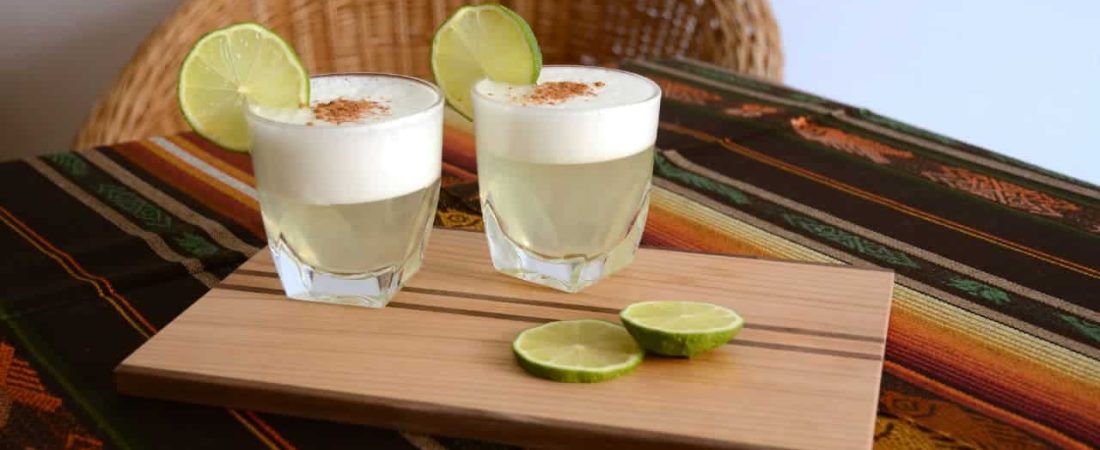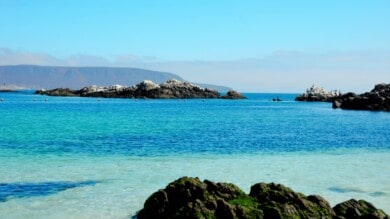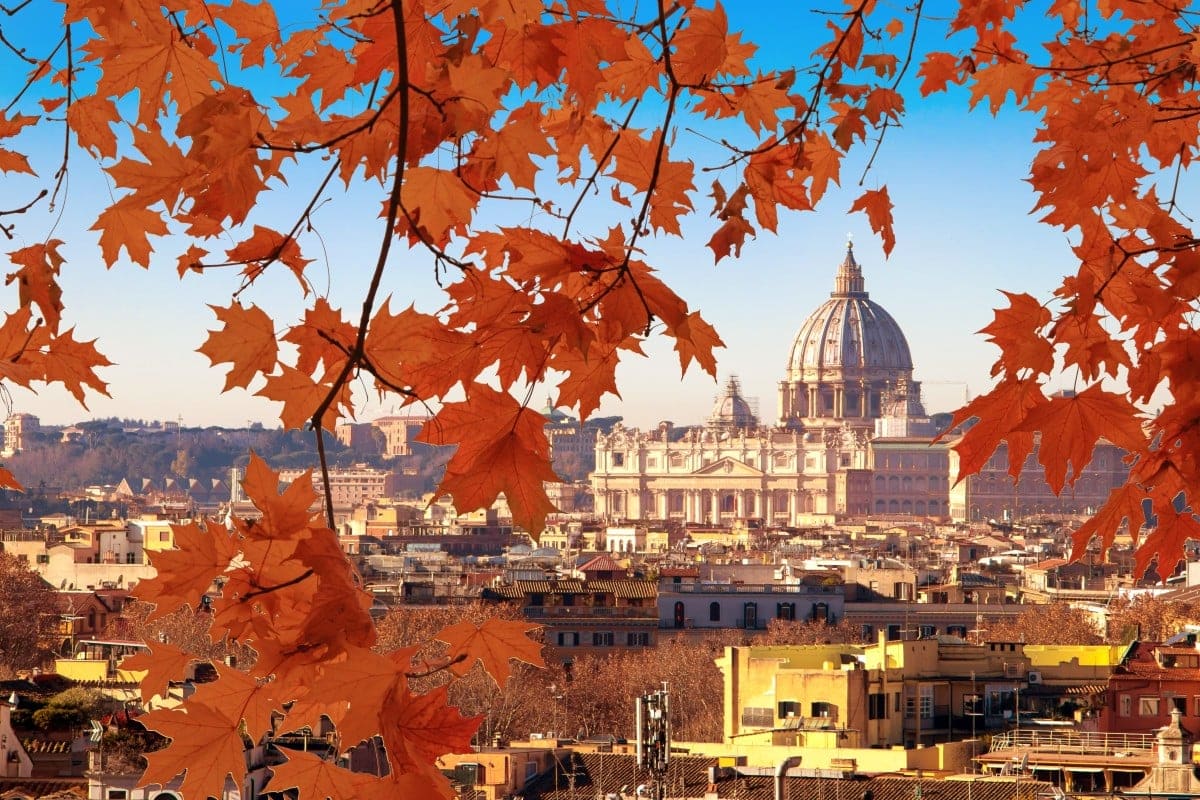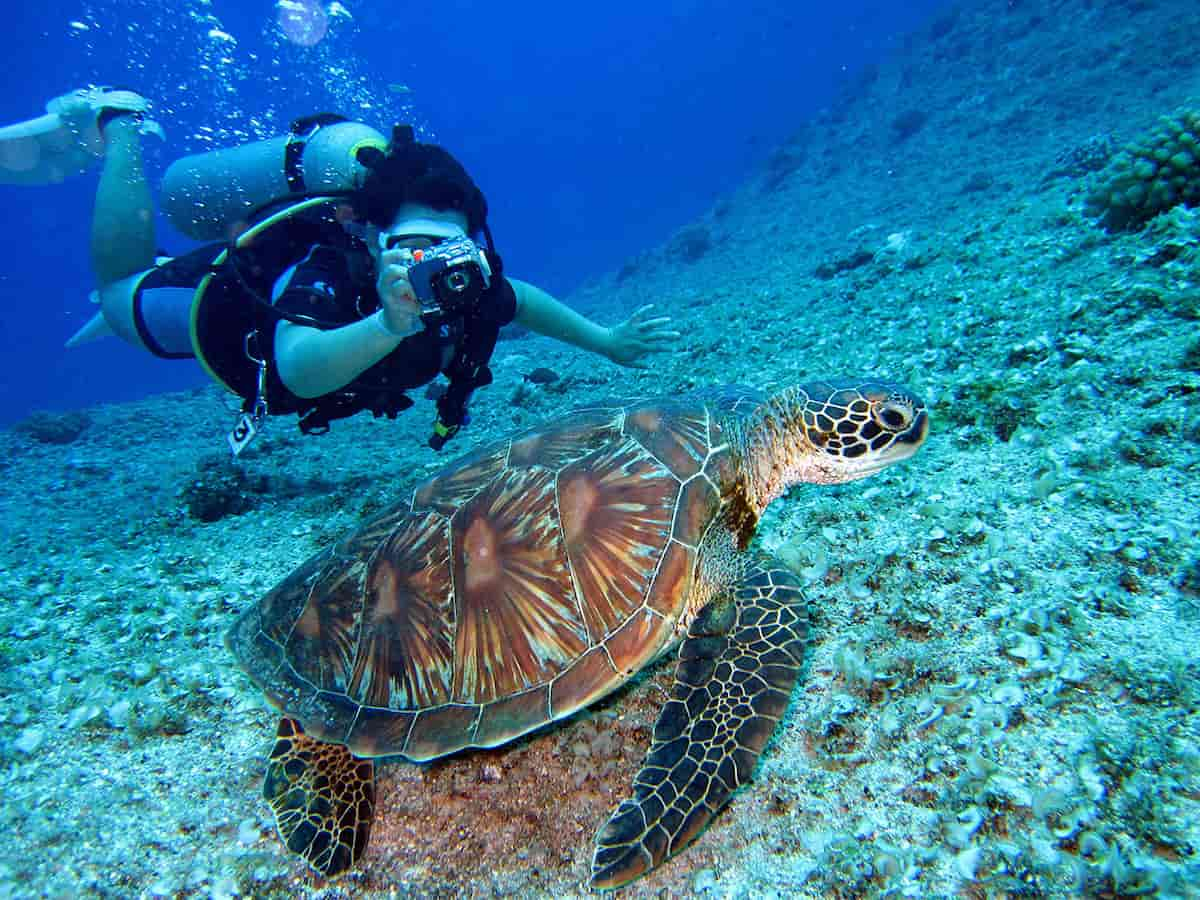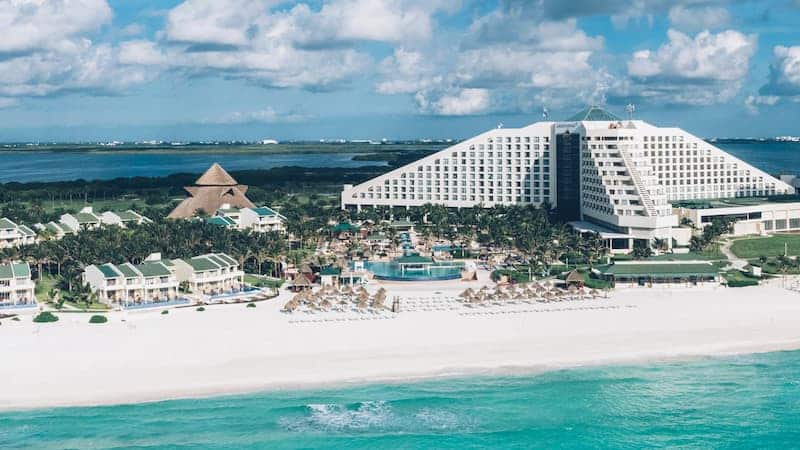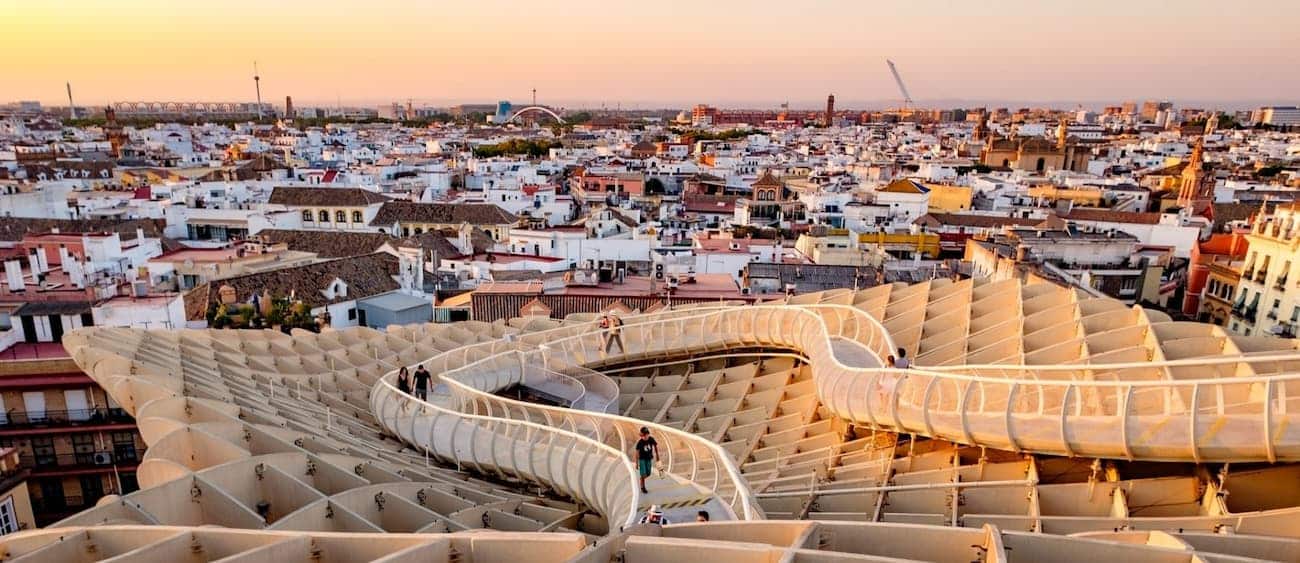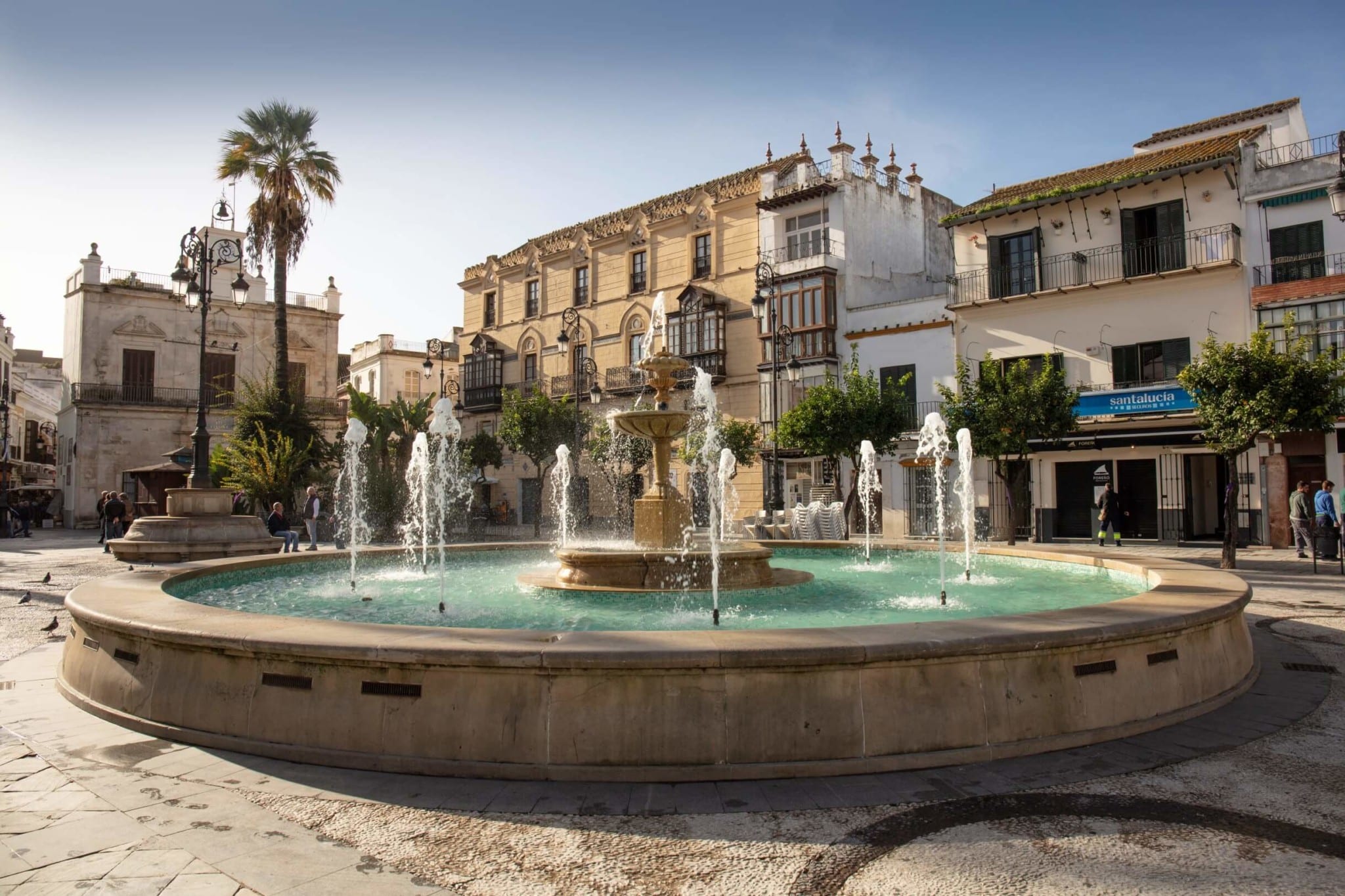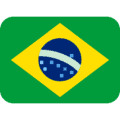The rivers that run through the valleys channeled by mountain ranges have generated the most appropriate conditions to guarantee excellent quality in different regional crops that invite you to taste and enjoy the most varied cuisine in Coquimbo. With a range of products such as grapes, avocados, mandarins, pisco, wine, nuts and goat cheese, the region of Coquimbo dazzles with an intense game of unmissable flavors.
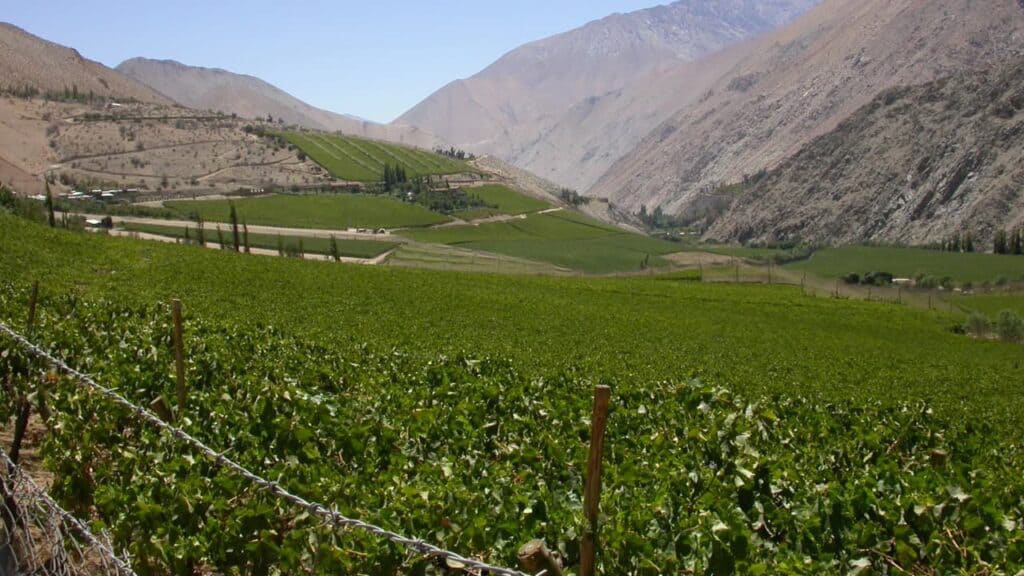
Coquimbo has, in addition to a wide range of natural attractions, with an unequaled cultural heritage: the “Pisco“. This drink is a premium category genuine drinkable wine distillate, made from 13 varieties of aromatic grapes, grown and processed in the Atacama and Coquimbo regions. Its production consists of four main phases: cultivation and harvest of pisco grapes, vinification, distillation and bottling.
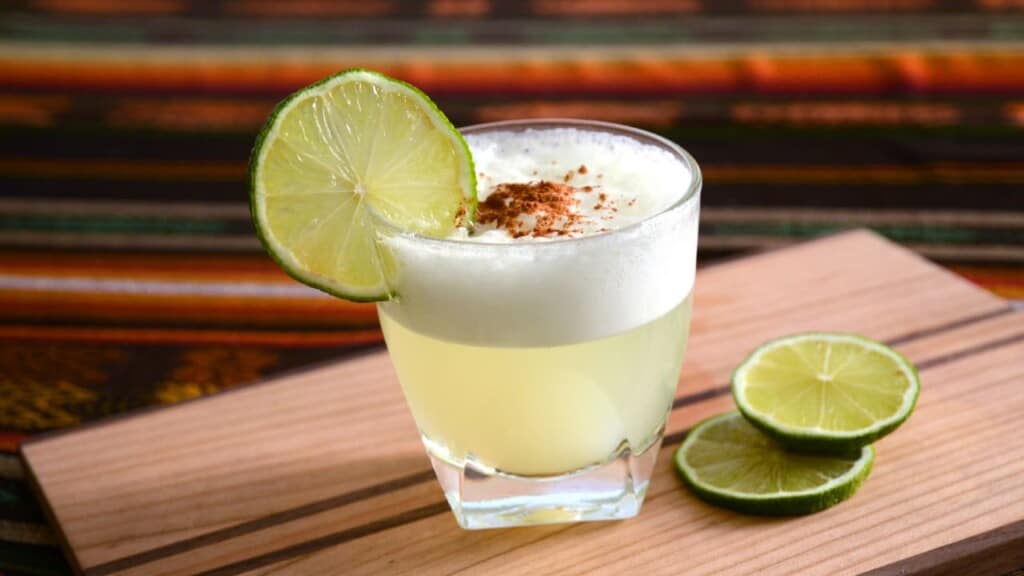
This spirit has the oldest denomination of origin in America, which indicates that this distillate can be produced only in the regions of Coquimbo and Atacama in Chile, in addition to considering the use of varieties of grapes like the Moscateles and Pedro Ximenez. On the other hand, the city of La Serena gave rise to the “Chilean Wine” when Spanish Conquerors brought the vine and developed it to create the first wines of Chilean territory.
Where to taste the best piscos from Coquimbo?
Just as you cannot leave cities like Buenos Aires without eating a good barbecue or leaving your visit to Lima without having tried the ceviche, you cannot continue on your way to Coquimbo without trying the authentic Chilean pisco. & nbsp;
Pisco producers in Chile define themselves as proud heirs of a centuries-old tradition, which has been passed down from generation to generation. Thanks to its high quality and versatility, the work carried out by more than 2,800 Pisco grape producers in the Atacama and Coquimbo regions has been reflected in the obtaining of important awards in the main and most prestigious international competitions.
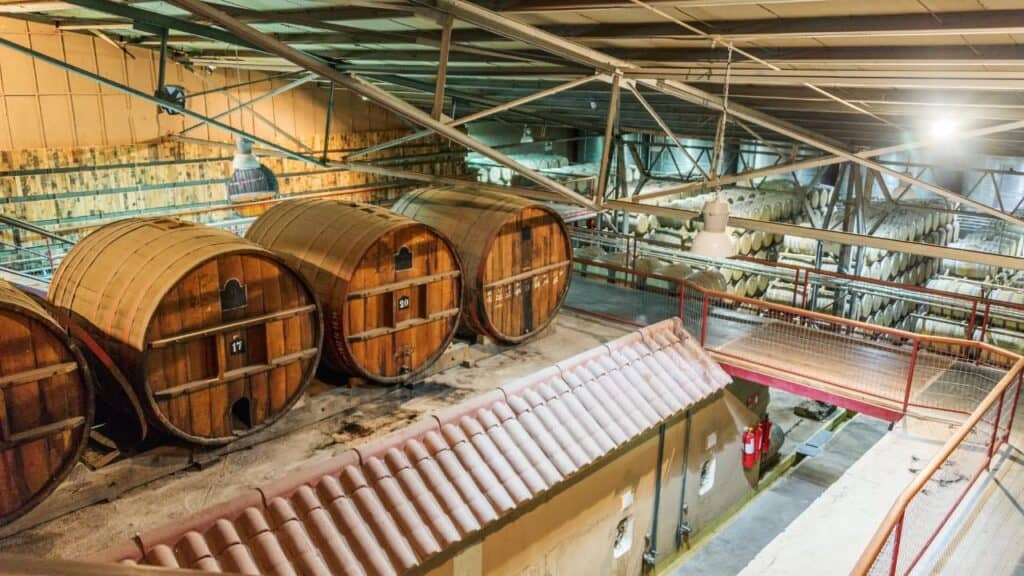
Below we share a selection of the different establishments where you can find the best piscos in Chile and from Coquimbo in particular:
– PISCO DOÑA JOSEFA
For 20 years, Agroturismo Doña Josefa de Elqui has welcomed visitors who come to Coquimbo to share with them its beautiful family tradition of products made with old-time recipes and prepared by Elquinas hands. Admission is free.
The Aliaga Family of Pisco Elqui, formed by Don José Aliaga and his wife Doña Graciela Aguirre, gave way to this noble tradition that dates back to the 1930s started by Doña Modesta Josefa.
Address: Camino a Horcón
Visiting information: During the winter the hours are from 10:00 to 20:00; during the summer the visiting hours are from 10:00 to 21:00.
– PISCO CHAÑARAL DE CARÉN
In this establishment you will find a 100% artisan family tradition distillate produced in the surroundings of the Rio Grande Valley.
The pisco plant is located in the town of Chañaral de Carén, 67 km inland from the foothills of the Monte Patria commune in the Coquimbo Region. A rural town among chañares, willows, poplars and vineyards that surround the Rio Grande Valley, offering the best geographical and climatic conditions for the cultivation of first-class pisco vines.
Address : Route D-597, road to Tulahuén, Monte Patria
Visiting information : Monday to Friday, 09:00 a.m. to 12:00 p.m. and 2:00 p.m. to 6:00 p.m. / Saturday, Sunday and holidays 1:00 p.m. to 6:00 p.m.
Price : Free
– PISCO FUNDO LOS NICHOS
Los Nichos, nestled in the heart of the Andes Mountains, is the cradle of the typical Chilean drink, Pisco. At 1,300 meters above sea level, the Fundo Los Nichos winery and distillery was established in 1868, becoming the oldest pisco plant in the country.
You can visit its cellars, known as niches where old bottles of liquor are kept.
Address : Fundo los Nichos s / n 3.5 km, on the way to Horcón.
Visiting information : Monday to Sunday from 10:00 a.m. to 6:00 p.m. Maximum capacity in the guided tour: 10 people.
– PISCO BAD STEP
This Pisco is made with a mixture of Moscatel Rosada and Moscatel de Alejandría grapes. It has a delicate fruity and floral aroma typical of these varieties, as well as a soft touch of wood.
The grapes belong to their own vineyards, for which a strict quality and quantity control is carried out during the evolution of the crop, harvesting the raw material at the appropriate time, which combines the content of sugar, acidity and aromas.
The vinification is carried out with modern technology, controlling the process temperature in optimal values, for the production of a base wine with a high aromatic content and great finesse.
Address : Sociedad Agrícola Hda. Mal Paso Fundo Huamalata s / n on the way to Villaseca, Ovalle
Visitor information : Mail should be sent to smalpaso@prohens.com
Price : Free. It is suggested to book in advance
– PISQUERA ABA
Pisquera with a family cut, captivates followers with its flavor and organic production, the product of arduous work of grapes harvested by hand, fermented at low temperatures and distilled in copper alembic.
ABA receives daily visitors from all over the world, including Chile. Their tours comprise a 40-minute drive around the field and production facilities and include a couple of tastings. At different times of the year, given the taste and tradition of the family, special events are promoted that may include music, a themed bar, expert visitors who can demonstrate their diverse talents to tourists. Duration 40 minutes.
Address: Fundo San Juan, El Arenal sector, Vicuña
Visiting information: From Monday to Saturday 9:00 a.m. to 7:00 p.m. Sunday and holidays 10:00 a.m. to 7:00 p.m.
More to discover the gastronomy of the Coquimbo region
As if that weren’t enough, the marine reserves also dazzle visitors and that the locals have intelligently managed to produce a wide variety of foods, which position the Coquimbo Region as a gastronomic center rich in seafood. and agricultural products from Chile.
Another recommendation when arriving in Coquimbo is to try the local papayas, since the sweetness of this fruit in the region has made it an icon of Coquimbo. If you even want to take advantage of its flavor from home, here is a unique recipe from the destination where the stars touch the earth: the Papaya Sour cocktail.
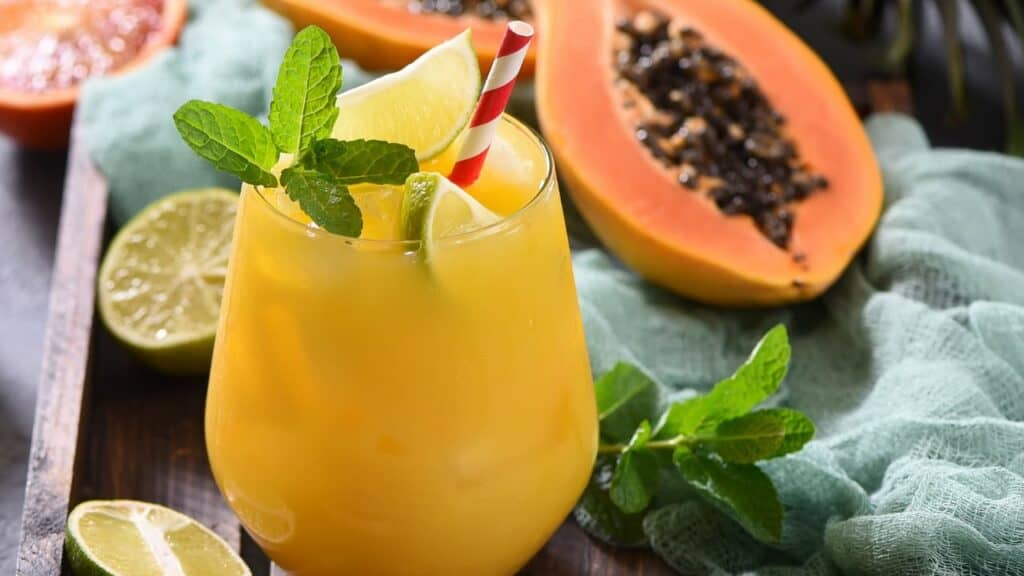
It is a cocktail created in the 90s in the bars of La Serena, which became an emblematic one for the region.
For its preparation you will need the following ingredients:
- 60 ml of transparent 40º pisco
- 60 ml papaya nectar
- 15 ml fresh lemon juice
- 10 ml syrup or syrup of rubber
- Ice to taste
Then, combining them is very simple: all the ingredients are mixed in a shaker or juicer and then served in a glass. Enjoy!
Undoubtedly, its particular geography that contemplates the presence of landscapes that include the driest desert in the world and the imposing Patagonia in the south, at the same time that its incomparable culture and gastronomy are clearly present, cause Chile become an increasingly attractive destination for travelers.
